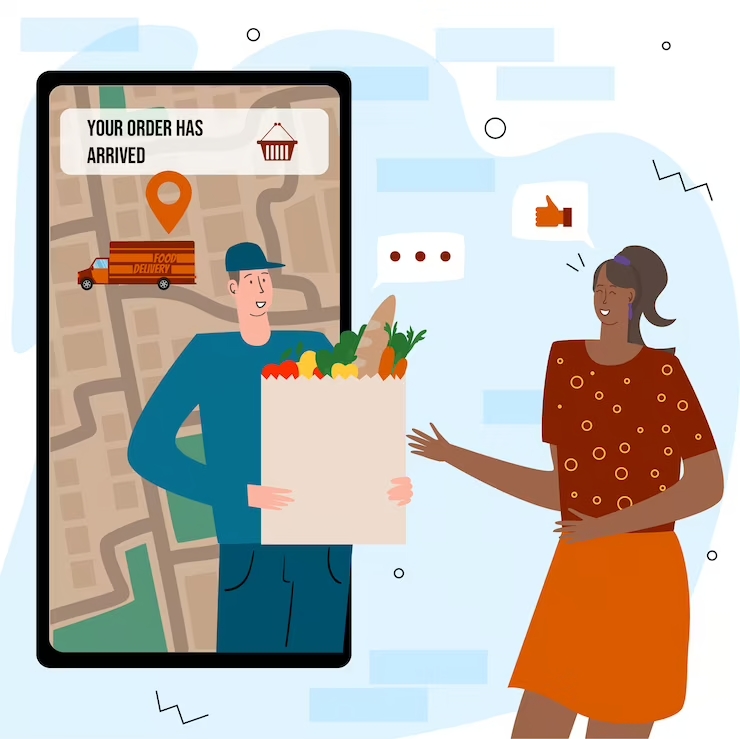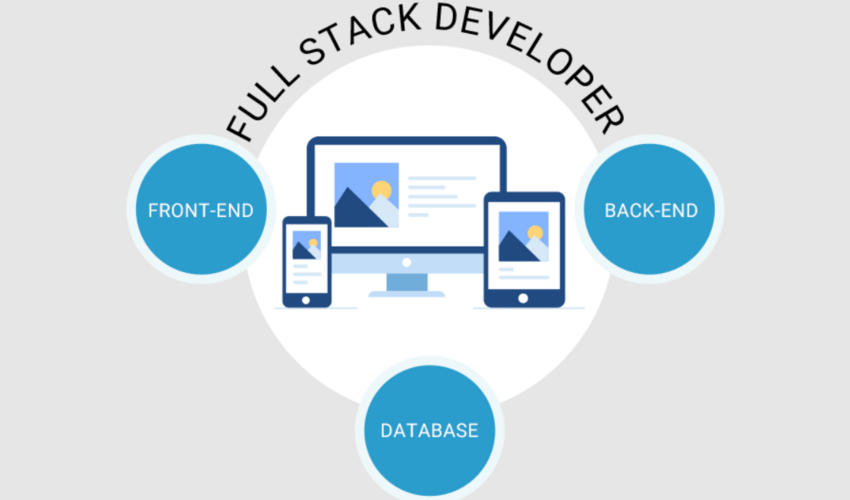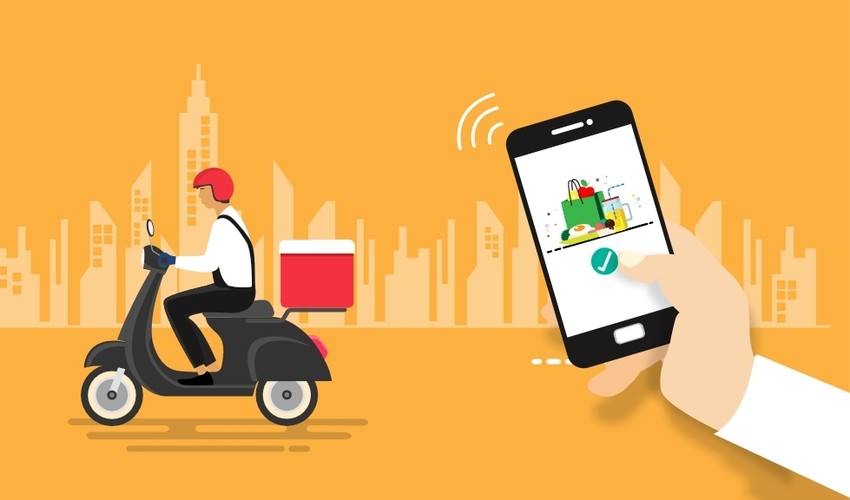Online Food Delivery Software - Smarter Business Idea

New online platforms making encroachment around the world, the online food-delivery market is in the middle of a sudden channel migration. We expect online food delivery with the use of food delivery software to grow by 25.0 percent per year from 2015 to 2018 in key markets, after which it will decrease to 14.9 percent per year until 2020.
Our research says that Online's penetration of the total food delivery market broke 30 percent in 2016. We believe penetration rates will grow further as the market matures, eventually reaching 65 % per year. This is the pattern we have seen, for example, in the more mature Vacation Rental-booking category, which has seen a drastic channel migration over the past 6 years, as well as for selected food-delivery players, such as Domino’s Pizza in the United States. It is quite likely that the food category will follow these patterns.
The Changing Market for Online Food Delivery System
We’ve already seen much of that growth play out in Europe, where online penetration rates run from 56 percent. At the other end of the spectrum, Asia, Latin America, and the Middle East are at the beginning of the growth cycle. The key impetus for the adoption of online food delivery is the overall level of funding for the industry, size of marketing budgets and the technological advances called The INTERNET. Technology penetration—mainly Smartphone and online penetration—has only been slightly relevant to the speed of adoption so far due to the geographic expansion of food players. We believe that the food ordering & delivery will grow in line with the Smartphone category as new Smartphone users adapt their behavior to take full advantage of the technology.
With the top five global players having reached a combined valuation of more than €10 billion with the use of food delivery software, the key question is what a sustainable level of profitability will be for the online-food-delivery business models. The market has become more bullish on the sector, giving the players that are still private significantly higher valuations and higher levels of funding than earlier companies achieved at the same stage. Two of the top five online deliverers, GrubHub and Just Eat, made their IPOs in 2014. They rose moderate total funding, of less than €100 million, before their IPOs. In contrast, Delivery Hero and Deliveroo, which could see their own IPOs in the next year or two.Delivery Hero has €2.7 billion valuations versus €1.2 billion funding and Deliveroo has an estimated valuation of €1 billion versus total funding of €400 million. Clearly, the market believes there is still rapid growth ahead for these players. The challenge now is for them to deliver on that belief.
Latest Trending
Categories
- Airbnb
- Airbnb clone
- Airbnb clone script
- Multi Vendor Marketplace Script
- Buy Sell Marketplace
- Vacation Rental Website
- Online Food Ordering and Delivery Clones
- Multi-Vendor E-Commerce Script
- Online Rental Script
- Fancy Clone
- Car Rental ScriptSoftware Development
- Car Rental Script
Never Miss Another Post!
Get updates & Valuable tips straight into your inbox once a week.




